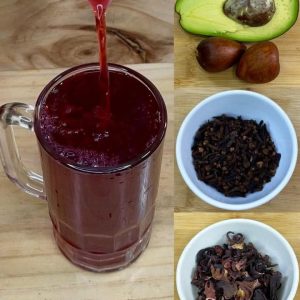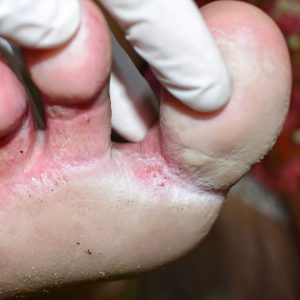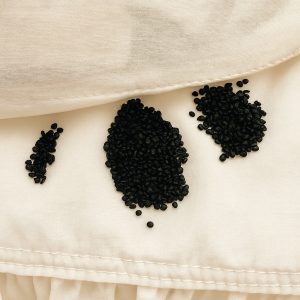
Persimmon apples, also called firm persimmons or vanilla persimmons, are a type of persimmon eaten with a knife due to their crisp texture.
Despite their name, they are not a mix between apples and persimmons—they are a natural variety of the persimmon fruit with nutritional qualities very similar to the soft kind, differing mainly in their firmness.
Characteristics and Benefits of the Persimmon Apple
Firm persimmons look somewhat like apples, but have the sweetness and crunch of traditional persimmons. They are a classic seasonal fruit in autumn. Below are their main features:
- Description and origin of the fruit
- Nutritional composition
- Health benefits
- Differences from soft persimmons
- How to consume them
- Potential risks
Description and Origin
There are many types of persimmons, though they are generally grouped into two main varieties: the soft, fully ripened kind and the firm type, known as persimmon apples, which are eaten while still solid.
This fruit is rich in nutrients and calories and has a long cultural history. The term “persimmon” comes from an Algonquian Native American word. Persimmons were first introduced to Europeans in the Virginia colony.

Varieties
Firm persimmons belong to the species Diospyros kaki. Some of the most popular varieties include Fuyu, Hana Fuyu, O’Gosho, and Jiro. They originated in Japan and were introduced to the United States and Spain in the late 1800s and early 1900s.
Today, they are grown widely in Asia, Italy, and other Mediterranean regions. They are also commonly referred to as Japanese persimmons, kaki persimmons, or Asian persimmons.
Nutritional Content (per 100 grams of fresh fruit)
- Water: 82 g
- Calories: 70 kcal
- Carbohydrates: 16 g
- Fiber: 2.5 g
- Protein: 0.6 g
- Fat: 0.3 g
- Potassium: 170 mg
- Vitamin C: 23 mg
- Vitamin A: 237 μg
A serving usually consists of one fruit, about 150 grams.
Health Benefits
Firm persimmons provide nearly the same health benefits as the soft variety. They are rich in vitamins and minerals, especially vitamin C, which supports the immune system.
They also contain phytonutrients, beta-carotene, and zeaxanthin—antioxidants responsible for their bright orange color. Thanks to their fiber content, they help promote satiety and digestion.
These fruits contain very little fat and a high amount of water, making them suitable for individuals monitoring cholesterol. They are naturally free of lactose and gluten, making them accessible for people with lactose intolerance or celiac disease.

Differences Between Soft and Firm Persimmons
Both types come from the same species, but the texture sets them apart. Soft persimmons undergo a ripening process that gives them a jelly-like interior, making them sweet but delicate.
Firm persimmons, however, can be eaten when still crisp and can be sliced like apples. They are generally larger, lighter in color, and have a glossy skin and crunchy, sweet flesh.
How to Enjoy Firm Persimmons
These persimmons ripen naturally on the tree and can be eaten right after picking. Their solid texture allows them to be served in slices. Their pleasant sweetness pairs well with bold flavors such as mature cheeses.
They can be added to salads with nuts and leafy greens, blended into desserts, or dried as a nutritious snack.
Possible Side Effects
While firm persimmons are healthy, they do contain high levels of tannins, which can contribute to digestive discomfort in some individuals. They should be eaten fully ripe to avoid their astringent effect.
People prone to constipation or intestinal blockages should be cautious. Additionally, due to their high natural sugar content, those with diabetes or on low-calorie diets should consume them in moderation.




